Field Notes: The moth catcher
England and Wales Development Manager Tom Hayek started trapping, recording (then releasing) moths 11 years ago - he shares some favourites
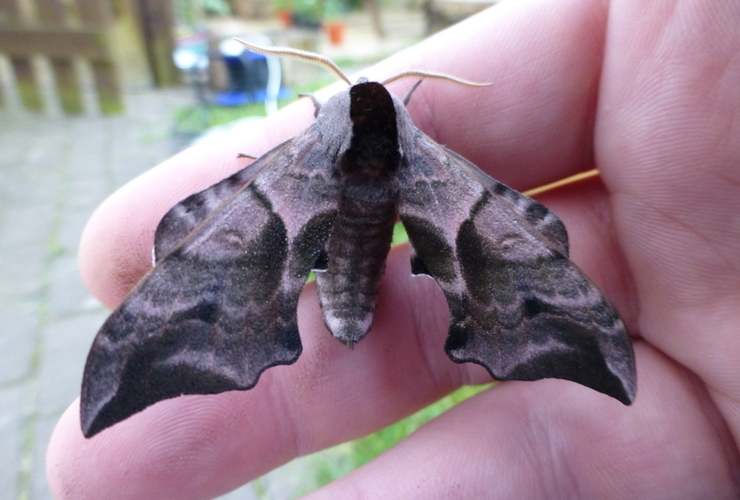
Having decided to change career into conservation in 2005, I quickly found myself in a dilemma – did I try to know a bit about a lot of species, or a lot about a few? I initially went with the former until I had a ‘lightbulb’ moment one evening in 2009. A moth landed on the outside of my lit kitchen window so I leaned out and caught it in a jam jar, then looked through a few websites to try to work out what it was.
That first moth (a green carpet - Colostygia pectinataria - for the record) ignited an almost instant fascination in me, and moths have been a real passion ever since.
After a year of recording moths coming to the kitchen window and photographing some while out on walks and in the garden, a friend and I decided to take it to another level. After a quick look on the internet and a dash to my local DIY store to pick up some wood, perspex and other materials, I had my first moth trap. We caught 26 moths of 17 species that night and the excitement of trying to identify multiple species felt like a real step up.
Gathering expertise
Around three years later, I realised that one of the country’s best-known ‘micro moth’ experts lived nearby. Moths are split into macros and micros, although it’s more about families of moths than size. Some micro moths are bigger than macros.
Harry Beaumont is a bit of a legend in mothing circles and he mentored me into gaining a better understanding of these species which are not only (usually) smaller, but also often plainer, making them harder to identify. Within a few months of getting to know Harry, I took a moth to him that seemed to be outside its main distribution. He took one look at it and told me I was spot on and then confirmed from his database that this was the first ever record for Acleris cristana in South Yorkshire.
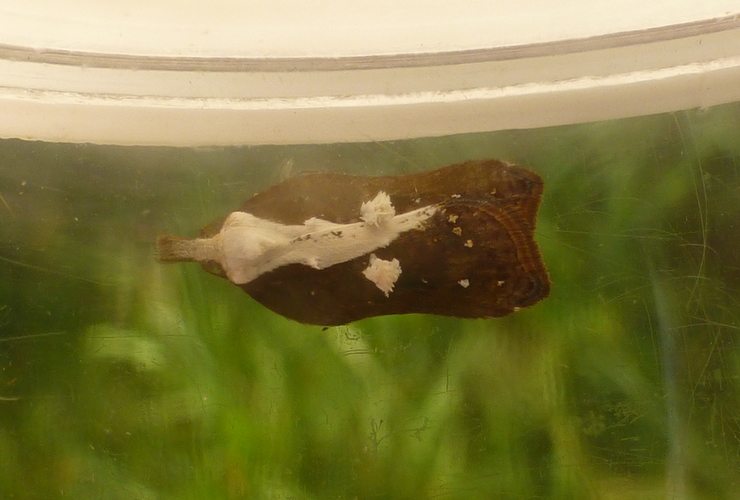
^ Acleris cristana caught in Shropshire recently
Five months later, I moved to Shropshire and developed the confidence to start leading public moth events and surveying for a churchyards project and the nearby National Trust estate. Not only was I building on my ability to identify species, but I was also becoming fascinated by the life cycles and other behaviours and some of the incredible names.
Bumper catch
One warm night in June 2016, three moth traps outside my house captured around 400 of the migratory diamond-back moth (Plutella xylostella). In addition to these, fellow enthusiast Charlie helped me record around 130 moths of 60 species that morning.
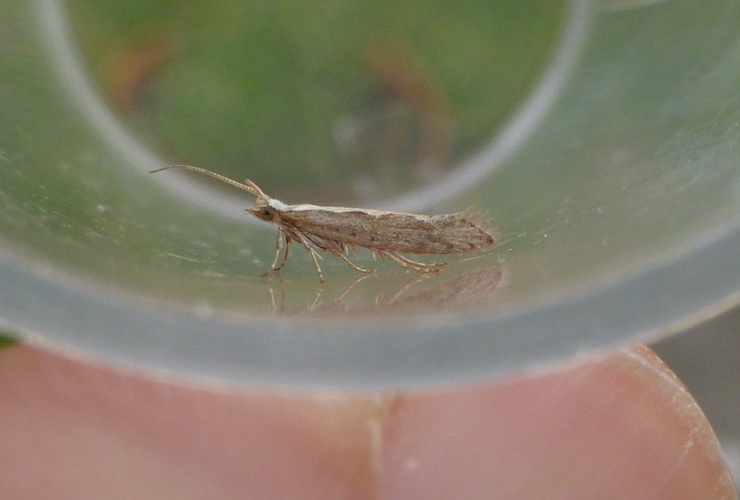
^ One of 400 diamond-back moths caught one warm midsummer evening
Six hours later, at the end of the last trap, we noticed a small brown moth at the bottom. We almost didn't bother with it, however put it into a pot to be looked at later. As I looked through my field guide, the most likely suspect (Borkhausenia minutella) was recorded as: “rare and seen only in the Channel Islands and once recently in south-east England”. I kept flicking through the pages until I decided it couldn’t be anything else.
I posted photos to one of the online moth groups and it was eventually confirmed as the first UK record (apart from that one on the south coast) for around 50 years. What made it even more exciting was that the habitat around my house was absolutely perfect for the species, giving a small chance that a breeding population could have hung on.
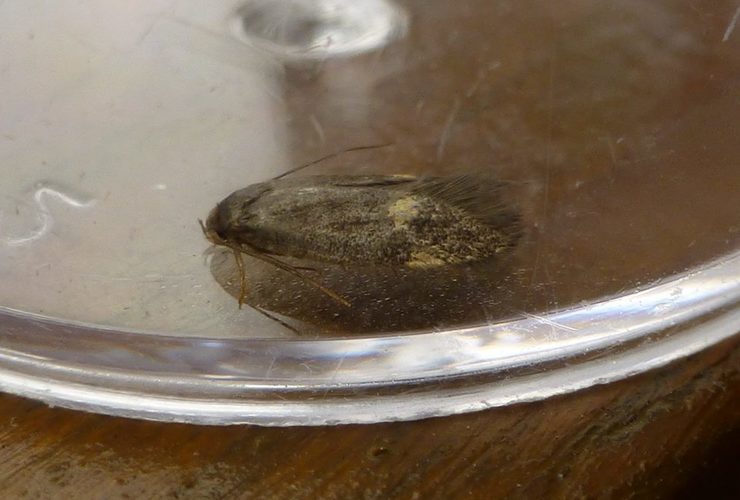
^ Borkhausenia minutella makes a rare UK appearance
Alas, despite intensive trapping for the next two years during the very short flight period for this species, no more were caught. I have now moved house, so we will probably never know whether that one was part of a breeding population, or simply a migrant that came in with the diamond-back moths.
Learning about a group of insects like moths is one of the most rewarding things I’ve ever done. Even if it feels like there’s too much to learn, keep going. Be warned – mothing is seriously addictive!
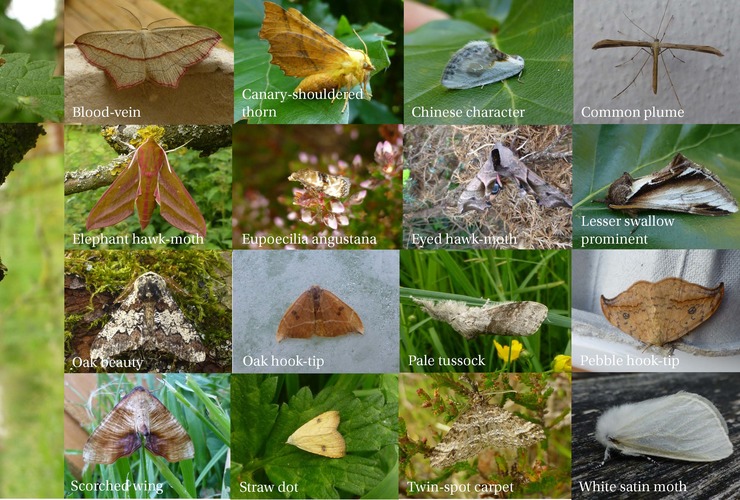
^ Just some of the 582 of the roughly 2,600 species of moths listed for the UK that Tom has recorded to date
- [To find out more read Tom's Beginner's Guide to Moths]

